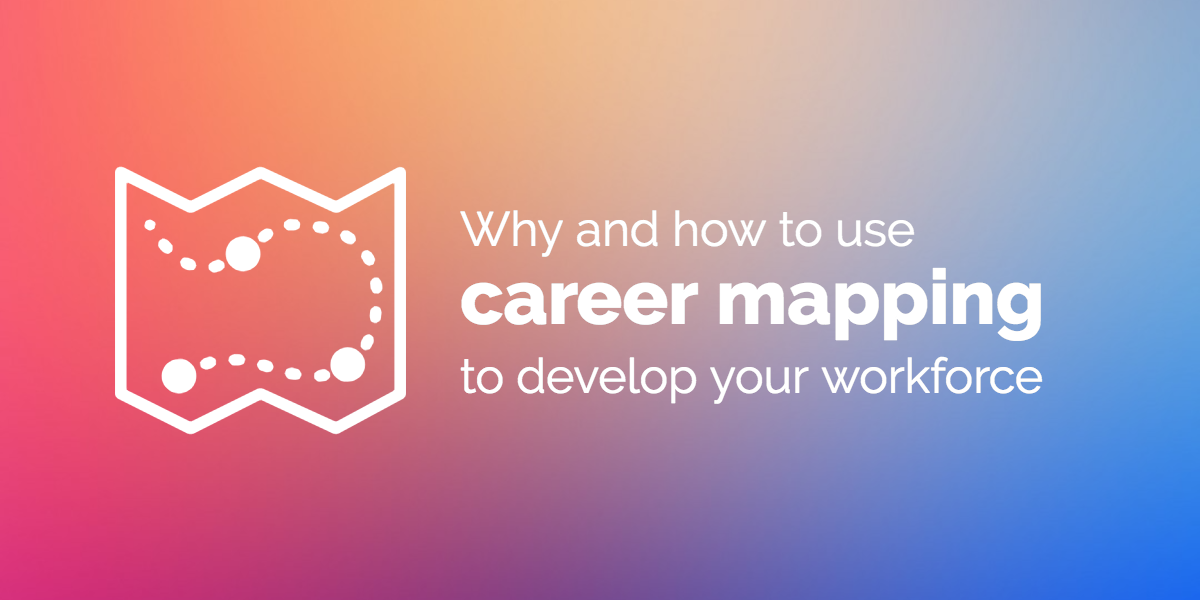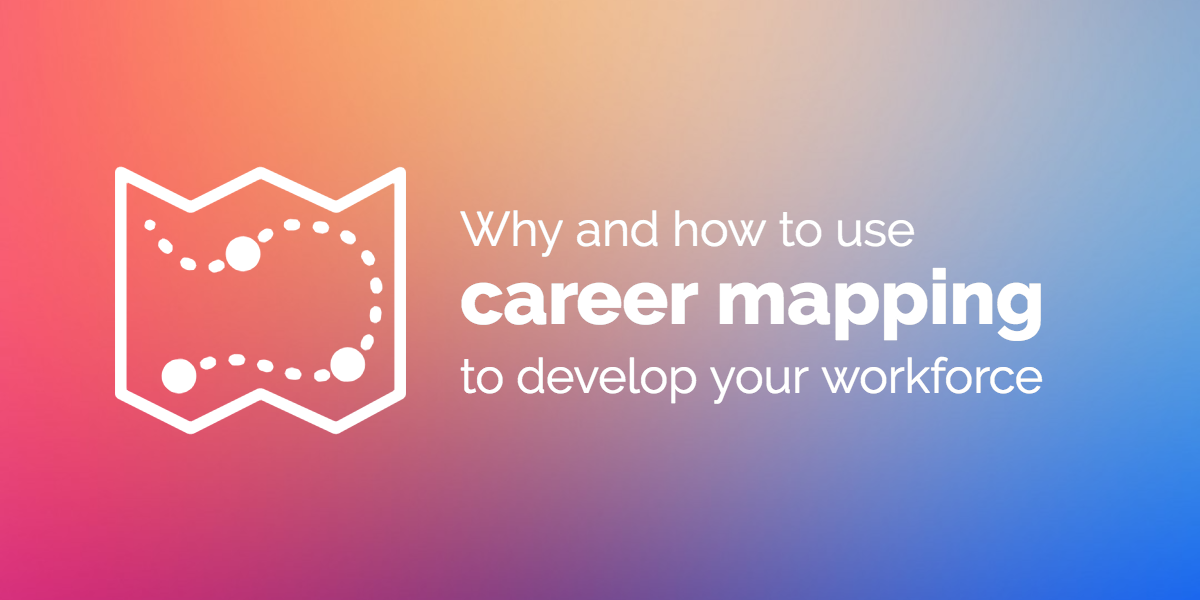
With all the time-sensitive tasks HR managers are responsible for, it’s understandable that developing and coaching employees might fall by the wayside. Between recruiting, onboarding, training, running payroll, and the thousand other fires that have to be put out on a daily basis, it may seem impossible to find time for work without an obvious deliverable. But whether it’s the work of HR professionals, team managers, or both, it’s worthwhile for your company to help employees develop their skills and plan for the future of their careers.
One great way to accomplish this is with a process called career mapping. In this exercise, supervisors help employees identify how they want to see their careers develop, and what actions and resources they’ll need to make it happen. The process doesn’t have to be particularly time-consuming, and it costs almost nothing to accomplish. For a relatively small investment of time and resources, however, it can pay dividends for your company’s culture and productivity. Here are two reasons why:
Career coaching increases employee engagement
One of the keys to engagement is for a company to show employees they’re valued as individuals. Instead of assuming that each employee aspires to rise through the ranks in their current department, it’s a good idea for supervisors to sit down with each employee to find out where they want their career to take them.
Having the support and encouragement of their managers and HR professionals doesn’t just help employees feel seen and appreciated; it can also help them navigate frustrations in their current role more effectively. When they have a clear idea of their career goals and the steps needed to get there, employees can put their everyday annoyances in context and persevere instead of burning out.
A supportive culture is a recruiting advantage
In the current hiring market, employers have to pull out all the stops to attract talented candidates (and keep them interested). While that often means hefty benefits packages and signing bonuses, one of the best ways to get job-seekers excited about your company is to have a reputation as a great place to work.
When your current employees are enthusiastic about the culture of their workplace, it helps potential new hires to see themselves settling in and enjoying the job. Empowering and investing in your staff is a great way to build a culture they can be proud of. By creating a supportive environment, your company can nurture its best talent and attract the right candidates.
How to help employees map their careers
Don’t assume
Before getting started on this process, it’s important for supervisors or HR managers to do away with any assumptions they’ve made about the people working under them. Your employees are multi-faceted people with skills and interests you may not know about. The career mapping process should serve as an invitation for them to share those parts of themselves and to think through if and how they’d like to apply them professionally.
Also, while it may seem like career mapping is most useful for the most entry-level people in the company, that’s far from the truth. In fact, according to a recent LinkedIn study, 47% of American workers between 35 and 44 years old are “career sleepwalkers,” meaning that they’ve lost the bigger picture of how they want their careers to develop, and may not have any idea of their goals. That’s why career mapping is just as useful for employees in the middle (or toward the end) of their careers as it is for the greenest new hire.
Give them time
Because this process requires employees to engage with big-picture questions they likely don’t think much about on a daily basis, it’s important to give them plenty of time to come up with thoughtful answers. Let your staff know that you’re planning to walk through a career mapping exercise with each person individually, and give them some preliminary questions to think about for a few days (or even weeks) before their scheduled meeting. These questions should include:
- What parts of your current job do you find most satisfying?
- What parts of your current job are most frustrating to you?
- Are there any skills you have that aren’t being used in your current role?
- What would be your ideal job in one year? What steps will get you there?
- What would you like your career to look like in five years? Ten years? What steps will get you there?
Find out how the company can support them
Once each employee has been given ample time to consider how they want their career to develop, it’s time to come up with a plan to help them move forward. After talking about their answers, ask employees to identify what resources they need to reach the next steps in their career plan. From there, find which ones the company can offer, such as mentorship opportunities or additional training.
Follow through
By the end of a career mapping session, employees should be able to articulate a concrete plan for how to move their careers forward. However, this should by no means be a one-time conversation; managers will need to check in periodically to make sure employees feel supported and are making progress.
In all likelihood, this process will result in some employees’ careers taking them away from your company. This may feel frustrating— especially if it’s resulted in any significant investment of time and resources. But that investment is not in vain; by supporting employee growth, you will have gotten their best, most engaged work while they’re with your company.
Need more free time to support your company’s employees? Fuse’s fully-customizable, all-in-one HCMS may be the answer. See what our users say about us or request a consultation here.
